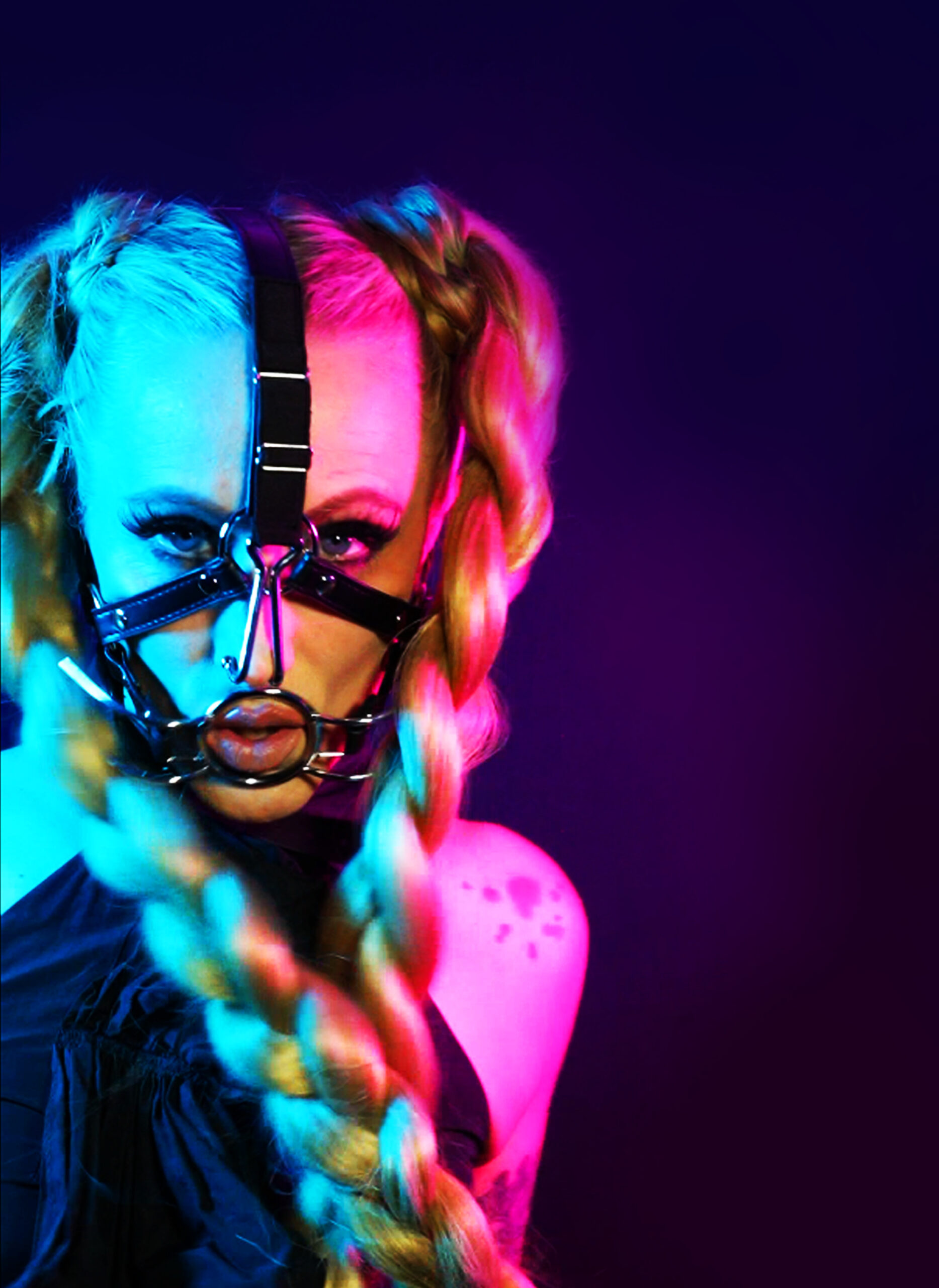Traditional Attitudes towards Homosexuality
Throughout history, attitudes towards homosexuality have varied significantly across different cultures, reflecting complex and often conflicting social norms, religious beliefs, and power dynamics. While some societies have embraced diverse sexual expressions with relative acceptance and inclusivity, others have viewed non-heterosexual desires as deviant, sinful, or even punishable by law. This article will explore the diverse traditional attitudes towards homosexuality that have been documented across various cultures, highlighting both the similarities and differences in how different societies have perceived and responded to non-normative sexualities.
Asia-Pacific Region
In the Asia-Pacific region, traditional attitudes towards homosexuality are varied and complex, reflecting a diverse range of cultural norms and values.
In some countries, such as Japan, South Korea, and Taiwan, there is a growing recognition of LGBTQ+ rights and increasing acceptance of same-sex relationships. However, these countries still have laws in place that prohibit same-sex marriage and other forms of recognition for LGBTQ+ individuals.
In contrast, many Southeast Asian countries, including Indonesia, Malaysia, and Singapore, have traditionally held conservative views on homosexuality, often based on Islamic or cultural norms. Same-sex relationships are often seen as taboo and can lead to social ostracism, arrest, or even imprisonment under laws that prohibit “sodomy”.
In Australia’s closest neighbors, the Pacific Island nations, attitudes towards LGBTQ+ individuals are often shaped by Christian values and a strong tradition of conservative governance. Some countries, such as Fiji and Tonga, have taken steps to recognize LGBTQ+ rights in recent years, while others, like Samoa, continue to criminalize same-sex relationships.
Furthermore, the role of colonial history and cultural exchange has played a significant part in shaping attitudes towards homosexuality in the Asia-Pacific region. The influence of Western values on Asian cultures has led to debates over how traditional norms should be reconciled with modern ideas about LGBTQ+ rights.
Europe
Traditional Attitudes towards Homosexuality in Europe have varied greatly across different countries and regions, reflecting complex histories, social norms, and cultural values. In ancient Greece, for example, homosexuality was not only accepted but also celebrated as a vital part of male culture, with famous philosophers like Plato and Aristotle discussing the subject in their works.

These attitudes were later reflected in various forms of art, literature, and architecture throughout Europe’s history. In 16th-century Italy, for instance, same-sex relationships between men were common among artists, musicians, and writers, such as Michelangelo and Leonardo da Vinci.
- In the United Kingdom, the persecution of gay men during World War II is well-documented, with many serving in secret due to the draconian laws against homosexuality.
- During the 1950s and 1960s, Europe saw a surge in the rise of LGBTQ+ activism, with organizations like the Gay Liberation Front (GLF) in London playing a pivotal role in shaping public opinion on issues related to same-sex relationships.
In some Eastern European countries, however, traditional attitudes towards homosexuality remained relatively conservative and restrictive. For example, until recently, same-sex acts were punishable by law in many former Soviet Union states.
Despite these cultural differences, there has been a significant shift in the past few decades towards greater acceptance of diverse sexualities across Europe. Many European countries have enacted legislation to protect LGBTQ+ rights, and public awareness campaigns have helped to challenge traditional attitudes and promote a more inclusive society.

Overall, Traditional Attitudes towards Homosexuality in Europe reflect a complex tapestry of historical, cultural, and social factors that continue to evolve and shape the continent’s understanding of diverse sexualities.
Americas
In many parts of the world, particularly in Western societies, traditional attitudes towards homosexuality have undergone significant transformations over the years. However, these changes are not universal and vary greatly from one region to another.
Historically, in the United States, for instance, same-sex relationships were largely viewed as abnormal or even sinful until relatively recently. The American Psychological Association has acknowledged that societal attitudes towards homosexuality have shifted from viewing it as a mental illness to recognizing it as a natural variation of human sexuality.
However, cultural and religious perspectives on homosexuality can vary greatly across the Americas. In some Latin American countries, traditional views on same-sex relationships are rooted in Catholicism or other conservative Christian denominations, which often condemn gay relationships. For example, in many countries in Central and South America, same-sex relationships are not legally recognized and may be subject to harsh social stigma.
In contrast, there are also some progressive attitudes towards homosexuality in certain parts of the Americas, particularly among younger generations and in cities with a high level of cultural diversity. In Canada, for instance, LGBTQ+ rights have been extensively protected under law, and same-sex marriage has been legalized since 2005.
The cultural differences in accepting diverse sexualities across the Americas reflect broader societal debates about identity, tolerance, and social justice. As these attitudes continue to evolve, it is essential to recognize the complexity of cultural perspectives on homosexuality and strive for greater understanding and inclusivity.
Africa
In traditional African societies, attitudes towards homosexuality have been shaped by centuries-old social and cultural norms. Homosexuality has historically been viewed as abnormal, unnatural, and even demonic in many African cultures. In some countries, same-sex relationships were considered a threat to traditional family structures and societal order.
These negative attitudes have been perpetuated through various means, including religious teachings, folklore, and social stigma. Many Africans believe that homosexuality is a Western concept that has no place in their traditional societies. The fear of witchcraft and devilry has also played a significant role in shaping public perceptions of same-sex relationships.
However, it’s worth noting that not all African cultures have viewed homosexuality as taboo. Some indigenous communities in Southern Africa, such as the San people, have a long history of recognizing and accepting same-sex relationships. Similarly, some traditional African societies, such as the Dogon people of Mali, have a tradition of male-male bonding and shared parenting.
In recent years, attitudes towards homosexuality have begun to shift, particularly among urbanized and educated populations. The advent of social media has helped to facilitate greater awareness and understanding of diverse sexualities, while human rights organizations have worked to challenge discriminatory laws and promote greater tolerance.
Indigenous Cultures
In many traditional societies around the world, attitudes towards homosexuality have been shaped by cultural and spiritual beliefs that emphasize harmony with nature and the importance of familial relationships. In Indigenous cultures, for example, same-sex relationships are not uncommon and are often seen as a natural part of the diversity of human experience.
In some Native American communities, two-spirit individuals were recognized and respected for their unique spiritual gifts and roles within the community. These individuals often took on both masculine and feminine traits and were believed to possess special powers that helped maintain balance and harmony in the world.
Similarly, in many African cultures, same-sex relationships are not stigmatized and are often seen as a natural expression of human love and affection. In some societies, male-male relationships are even considered more acceptable than female-female relationships, while in others, female-female relationships are valued and respected.
In Asia, the acceptance of same-sex relationships varies widely across different cultures and countries. In Japan, for example, same-sex relationships have been a part of the culture for centuries, with many men engaging in same-sex relationships as a way to express affection without societal stigma.

Despite these differences, there are also common challenges faced by LGBTQ+ individuals in traditional societies. Many people who identify as homosexual or transgender face rejection and persecution from their families, communities, and even governments.
In some Indigenous cultures, the lack of recognition and support for LGBTQ+ individuals can lead to feelings of isolation and disconnection. However, there are also many examples of Indigenous communities that have come together to support and celebrate LGBTQ+ individuals, recognizing their importance as valued members of the community.

Discover glass butt plugs at Peaches and Screams Buy bunny girl costumes for a fun, sexy look at Peaches and Screams Shop Autoblow toys for realistic and hands-free pleasure at Peaches and Screams Shop theme party costumes for exciting events at Peaches and Screams Shop plus-size babydolls, chemises, and lingerie at Peaches and Screams Explore inflatable butt plugs for added fun at Peaches and Screams Explore suspender stockings at Peaches and Screams
Press on Honey Derwen Roots Azmia Magane
- Can I Brush My Teeth After Lip Fillers? - April 22, 2025
- Benefits Of CBD Infused Gummy Edibles For Pain Management - April 19, 2025
- Alluzience Longer Lasting Botox Near Merrow, Surrey - April 16, 2025
